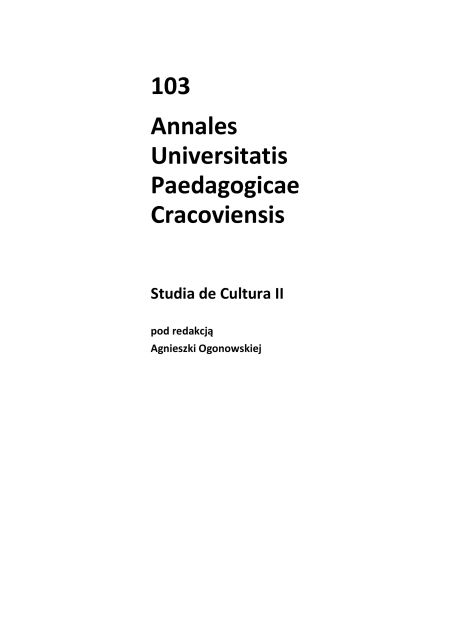Abstrakt
Photographer in the morgue - about the image of the deceased in contemporary photography
What is death in contemporary world? “Faked”, multiplied by movies and games, it becomes standard, it doesn’t frighten. In contemporary world the second type of death is taboo. It is pushed out of consciousness. Man striving for immortality, striving for eternal youth doesn’t want to remember it. Death was always connected to art. Artists tried to depict the deceased. The idealistic paintings of the dead or preserving their bodies in best possible condition was a gateway to the afterlife. Masks and coffin portraits were heirlooms, they replaced the body of the deceased family member. The mediaeval tombstones called transi played a different role - they depicted rotting corpse eaten by vermin. They reminded of inherent death and of death’s mundane meaning. Contemporary photographers’ work (e.g. Jeffrey Silverthorne’s or Andreas Serrano’s) appeal to these mediaval examples. They show massacred human bodies photographed in a specific, almost excluded from our consciousness setting - the morgue. One should contemplate whether the art depicts a man or a corpse identified with litter. What is the purpose of depicting dead bodies that were secretly photographed in a morgue or were prepared, immersed in formalin and exhibited at an art gallery? The fascination of body and its secrets influenced the way of showing the dead. Bodies of anonymous people seen in the photos are treated by contemporary people as waste. By the means of camera the photographed deceased are depersonalized twice. Once by the camera that is killing them, the second time by abjecting them.
Bibliografia
Ariès P. (1989), Człowiek i śmierć, przeł. E. Bąkowska, Warszawa.
Zobacz w Google Scholar
Barthes R. (1995), Światło obrazu: uwagi o fotografii, przeł. J. Trznadel, Warszawa.
Zobacz w Google Scholar
Bauman Z. (1998), Śmierć i nieśmiertelność. O wielości strategii życia, Warszawa.
Zobacz w Google Scholar
Clair J. (2007), De immundo. Apofaryczność i apokatastaza w dzisiejszej sztuce, przeł. M. Ochab, Gdańsk.
Zobacz w Google Scholar
Kristewa J. (2002), Martwy Chrystus Holbeina, w: Wymiary śmierci, wybór i słowo wstępne S. Rosiek, Gdańsk.
Zobacz w Google Scholar
Kristeva J. (2008), Potęga obrzydzenia. Esej o wstręcie, przeł. M. Falski, Kraków.
Zobacz w Google Scholar
Sontag S. (2010), Widok cudzego cierpienia, przeł. S. Magala, Kraków.
Zobacz w Google Scholar
Źródło internetowe: http://bombsite.com/issues/43/articles/1631 [dostęp 10.11. 2010].
Zobacz w Google Scholar

